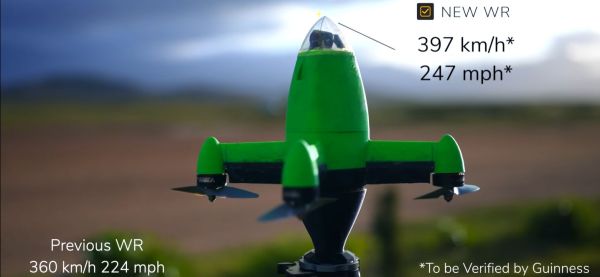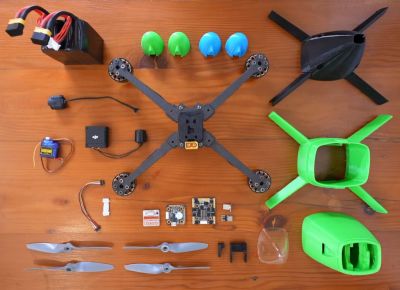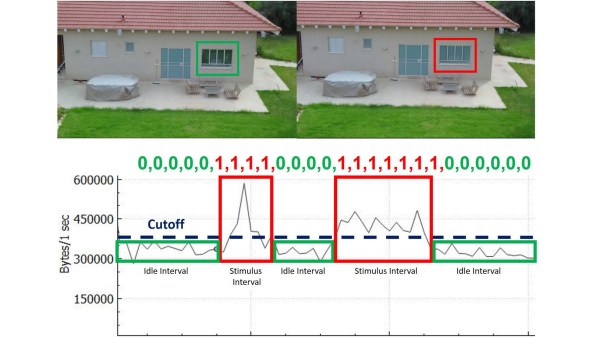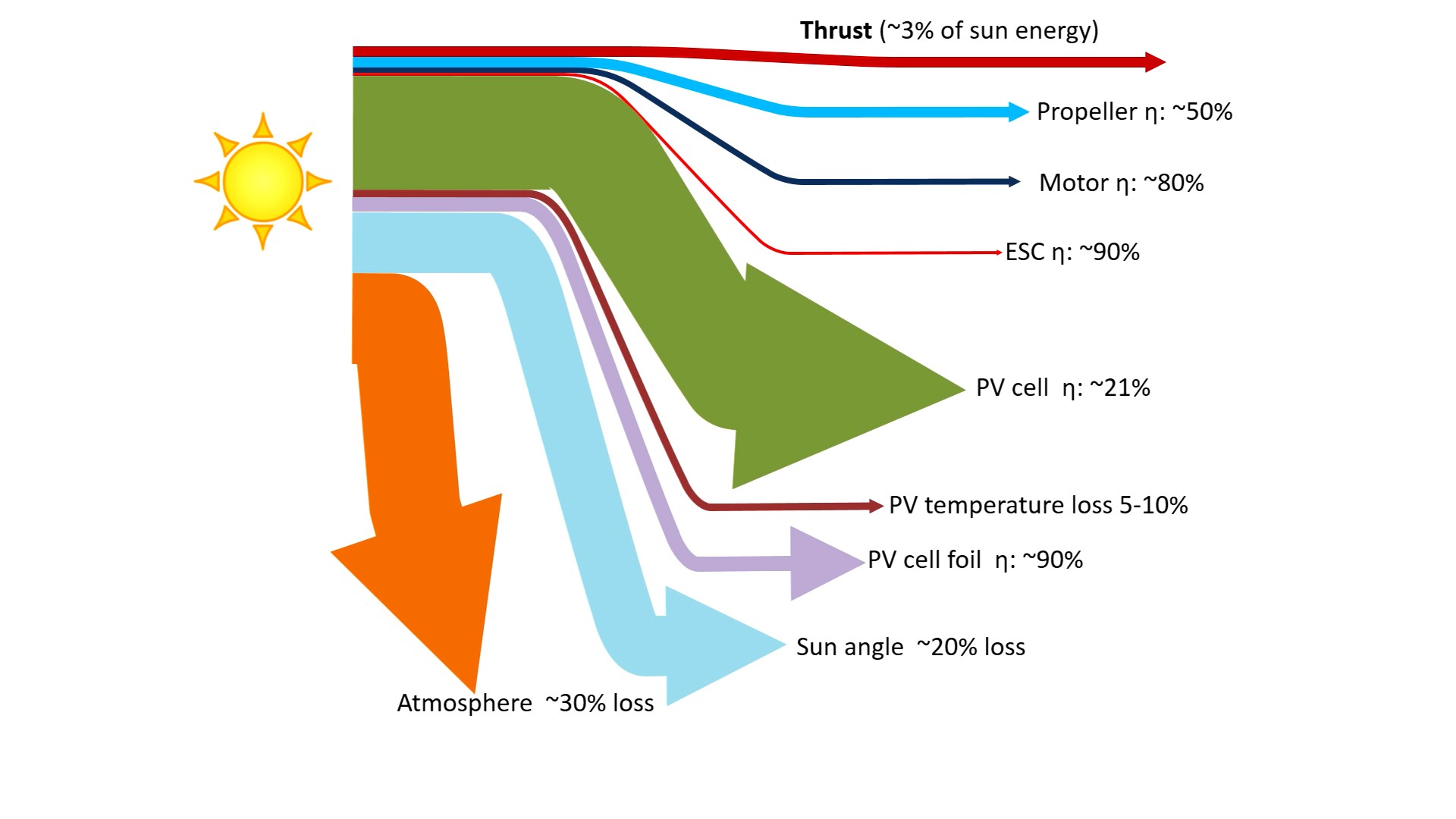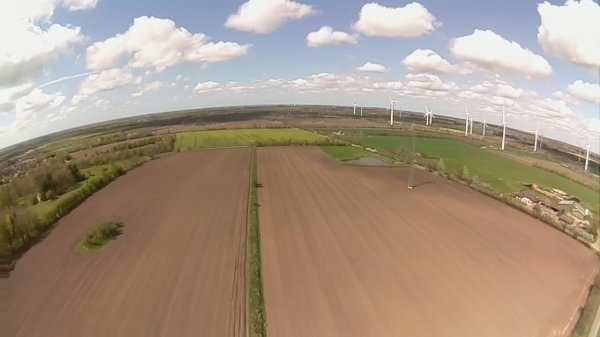Launching rockets into the sky can be a thrill, but why not make the fall just as interesting? That is exactly what [I Build Stuff] thought when attempting to build a self-landing payload. The idea is to release a can sized “satellite” from a rocket at an altitude upwards of 1 km, which will then fly back down to the launch point.
The device itself is a first-person view (FPV) drone running the popular Betaflight firmware. With arms that swing out with some of the smallest brushless motors you’ve ever seen (albeit not the smallest motor), the satellite is surprisingly capable. Unfortunately due to concerns over the legality of an autonomous payload, the drone is human controlled on the descent.
Using collaborated efforts, a successful launch was flown with the satellite making it to the ground unharmed, at least for the most part. While the device did show capabilities of being able to fly back, human error led to a manual recovery. Of course, this is far from the only rocketry hack we have seen here at Hackaday. If you are more into making the flight itself interesting, here is a record breaking one from USC students.
Continue reading “FPV Drone Takes Off From A Rocketing Start”




